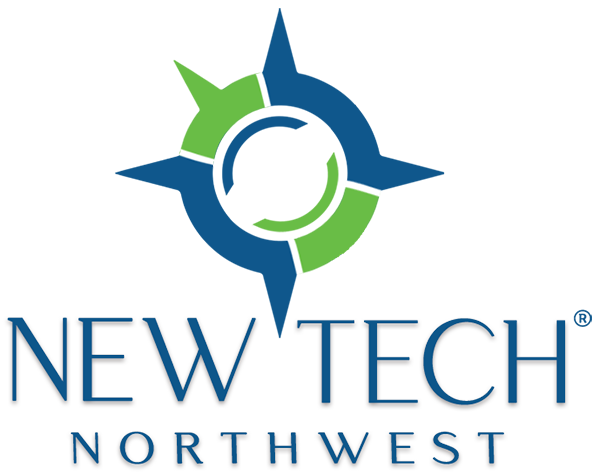 ‘Work hard, play hard’ is a phrase that many people living in the Pacific Northwest can easily identify with. It’s no surprise, then, that our time is a hot commodity, not just for us but also for many of the companies vying for our attention in this hot job market. Our tech companies talk a lot about culture, finding great talented people and retaining them. Flexible and generous PTO matters a lot in creating a great company culture.
‘Work hard, play hard’ is a phrase that many people living in the Pacific Northwest can easily identify with. It’s no surprise, then, that our time is a hot commodity, not just for us but also for many of the companies vying for our attention in this hot job market. Our tech companies talk a lot about culture, finding great talented people and retaining them. Flexible and generous PTO matters a lot in creating a great company culture.
Although employees typically rate health care insurance as more important than PTO, a Fast Company survey found that access to vacation time ranked higher than other benefits such as performance bonuses and paid sick days.
Similarly, according to Glassdoor’s 2017 employee benefits survey, many employees rank time off as one of the most valuable perks they could have. Among the companies highlighted for their benefits, Ikea and American Express offer four and five months of fully-paid maternity or paternity leave respectively. Check out New Tech presenter alumnus Leave Logic to learn more about how to offer enough family leave time. America falls way behind the top ten countries with the best family leave options.
In addition, consulting firm Deloitte offers employees two different sabbatical programs – a one-month sabbatical that can be taken for any reason, and a three- to six-month sabbatical that can be used to follow personal or professional growth opportunities, all while receiving 40 percent salary. According to the same survey, Amazon’s Ramp Back program also got high marks for giving new moms better control over their workload as they ease back into jobs.
And it’s not just large, well-known companies that are rethinking employee satisfaction by offering more time off. Apsis Labs, a Seattle-based development ‘chop shop’ has fewer than twenty employees. The company offers those employees unlimited time off, but it also established some common-sense rules about how and when that time can be taken.
One example is that vacation time cannot be used when the company is in the middle of customer project delivery. On the flip side, Apsis also decided to enforce a minimum vacation time of three weeks per year to ensure that employees had some time away from the office.
With all this talk of PTO, you may be lulled into thinking that the U.S. ranks well with its peers on that front. Sadly, the reality is that U.S. companies in general have a long way to go. In fact, as a nation we consistently rank near the bottom in the industrialized world, because most of our companies simply do not provide employees with much (or in some cases any) paid vacation time.
I’m not advocating that every company create an unlimited vacation time policy, by the way, but evidence seems to suggest that employees do not abuse these kinds of programs.
Actually, employees with unlimited vacation time typically take too little time off, instead of too much. Like Apsis Labs, these companies sometimes begin mandating minimum vacation days each year in order to encourage employees to take more time off away from work.
Whether it’s one year of paid maternity leave at Netflix or just two paid “Yay Days” for REI’s employees to go outside, companies who reward and encourage their employees with healthier lifestyle options will gain so much more in terms of loyalty and engagement. How does your company rank when it comes to vacation time? What would you do if you had more time off?










